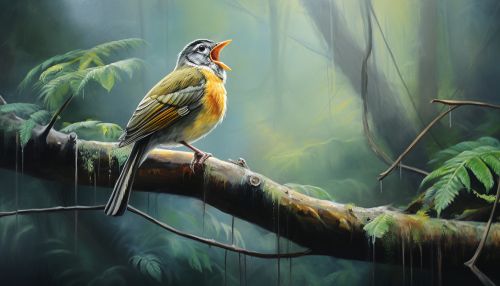The Biological Mechanisms of Birdsong Learning
Introduction
Birdsong learning is a complex biological process that involves the interplay of various neurological, genetic, and behavioral factors. This learning process is primarily observed in oscine songbirds, a group that includes species such as canaries, finches, and sparrows. The process of birdsong learning shares many similarities with human speech acquisition, making it a valuable model for studying the underlying mechanisms of vocal learning and communication.
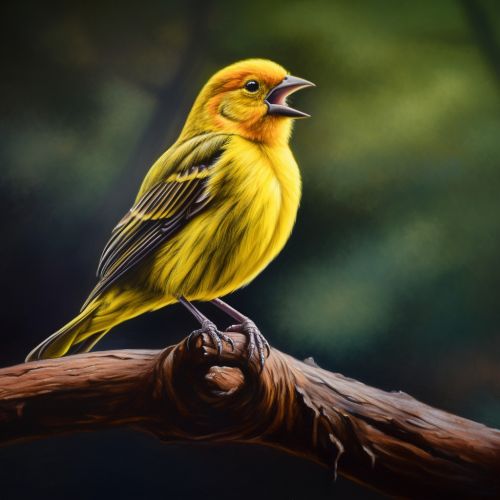
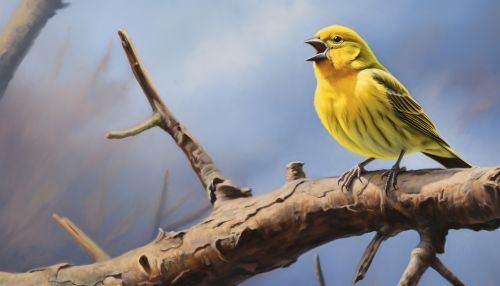
Neurological Mechanisms
The neurological mechanisms of birdsong learning involve a series of specialized brain regions collectively known as the song system. This system is divided into two main pathways: the motor pathway, responsible for song production, and the anterior forebrain pathway (AFP), involved in song learning and modification.
Motor Pathway
The motor pathway, also known as the posterior pathway, is responsible for the production of learned song. It includes the HVC (used as a proper name), the robust nucleus of the arcopallium (RA), and the tracheosyringeal part of the hypoglossal nucleus (nXIIts). The HVC sends projections to the RA, which in turn projects to the nXIIts, controlling the muscles of the syrinx, the avian vocal organ.


Anterior Forebrain Pathway
The AFP is involved in song learning and modification. It includes the lateral magnocellular nucleus of the anterior nidopallium (LMAN), the medial portion of the dorsolateral thalamic nucleus (DLM), and Area X. The LMAN sends projections to Area X, which connects to the DLM, and then back to the LMAN, forming a loop. This loop is crucial for the acquisition and plasticity of song.
Genetic Mechanisms
Genetic mechanisms play a crucial role in birdsong learning. Research has identified several genes, such as FoxP2 and BDNF, that are associated with song learning and production. These genes are differentially expressed in the song system during critical periods of song learning, suggesting their involvement in the development and function of the song system.
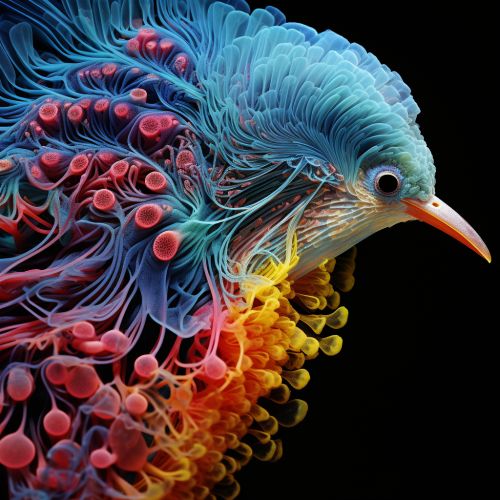
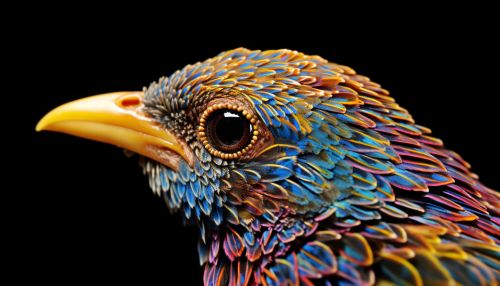
FoxP2
The FoxP2 gene is a transcription factor that has been linked to vocal learning in both humans and songbirds. In songbirds, FoxP2 is highly expressed in Area X during the sensorimotor phase of song learning, a critical period when young birds practice and refine their song.
BDNF
Brain-derived neurotrophic factor (BDNF) is a protein that supports the survival of existing neurons and encourages the growth and differentiation of new neurons and synapses. In songbirds, BDNF expression in the song system increases during periods of song learning and decreases once the song is crystallized, indicating its role in song plasticity.
Behavioral Mechanisms
Behavioral mechanisms of birdsong learning involve a two-step process: sensory learning and sensorimotor learning. These stages are analogous to the processes of auditory and speech learning in humans.


Sensory Learning
During the sensory learning phase, young birds listen to the songs of adult "tutors", forming a memory of the tutor's song that serves as a template for their own song. This phase typically occurs early in life and is followed by a period of silence before the onset of sensorimotor learning.
Sensorimotor Learning
In the sensorimotor learning phase, young birds begin to practice their own song, gradually refining it to match the stored template. This phase involves a process of trial-and-error learning, with the bird adjusting its song based on auditory feedback.
Conclusion
The biological mechanisms of birdsong learning provide a fascinating insight into the complex interplay of neurological, genetic, and behavioral factors that underlie vocal learning. Understanding these mechanisms not only sheds light on the intricate process of birdsong learning but also has broader implications for our understanding of human speech acquisition and communication disorders.

